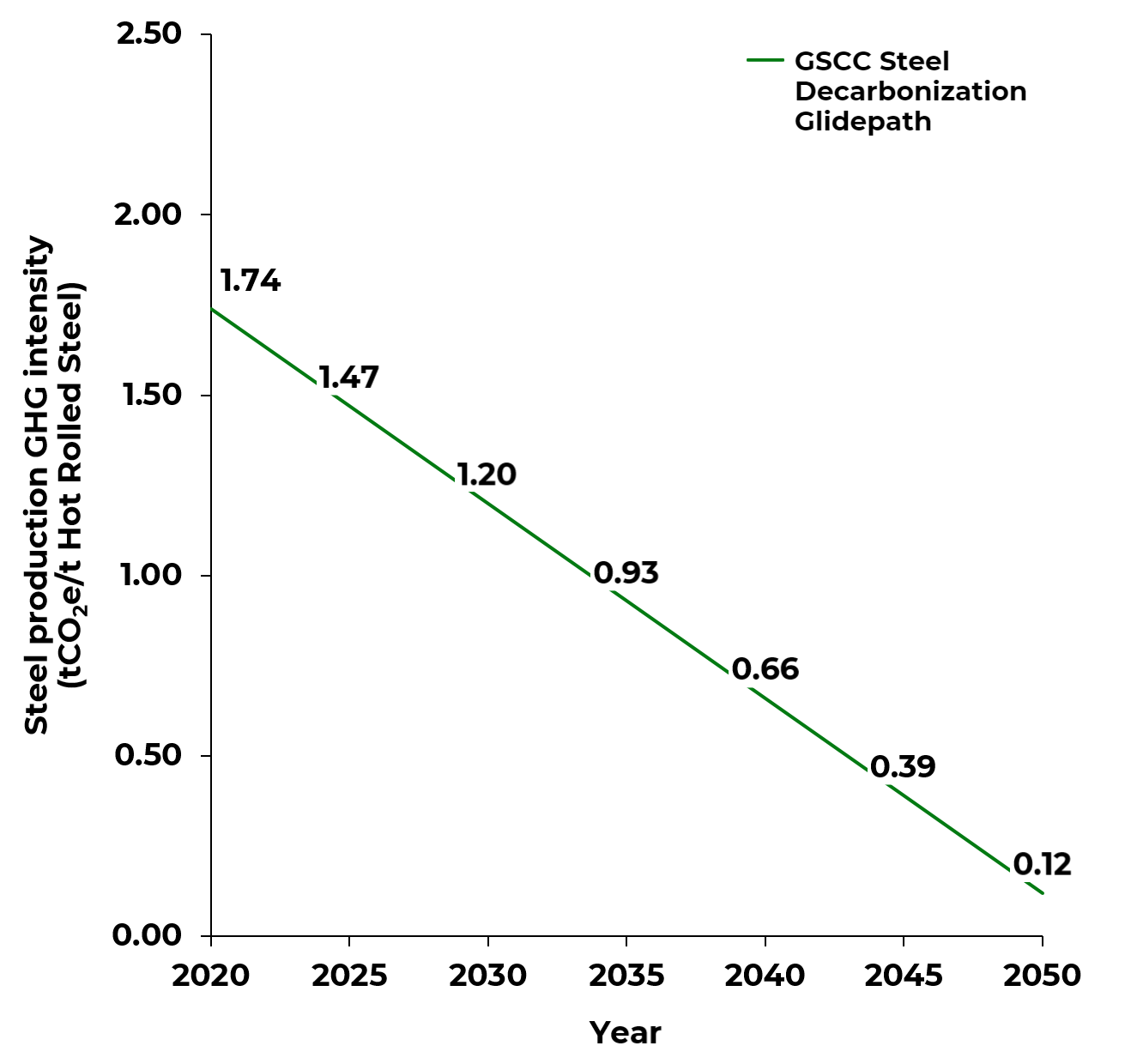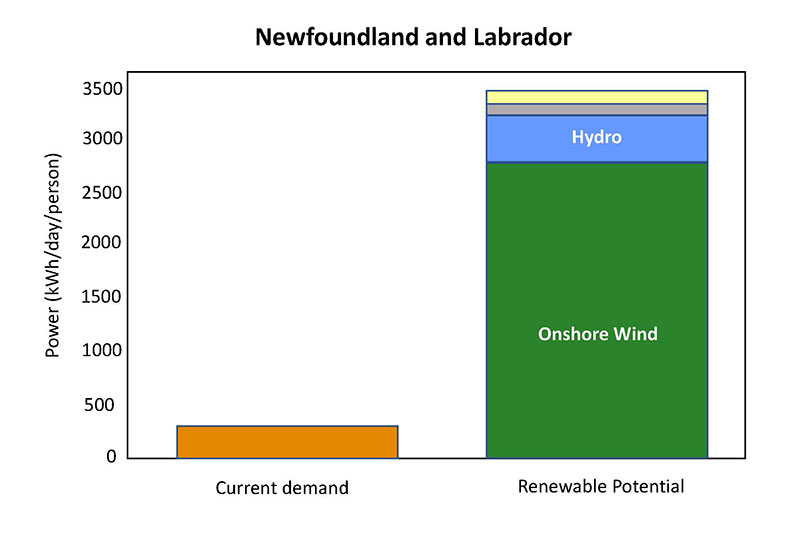SUSTAINABILITY IN THE MINING INDUSTRY
Climate Smart Mining
The Earth’s surface temperature is rapidly increasing due to human-made greenhouse gas emissions. Without curbing these emissions within 25 years, the consequences could be tragic. Red Paramount is dedicated to sustainable iron mining, aiming for a 50% reduction in emissions. We prioritize economic development, environmental impact, and social responsibility. To combat CO2 emissions from steel production, we are taking immediate action and committed to achieving net-zero emissions by 2050.
Renewable Energy
The province of Newfoundland and Labrador is the second-largest producer of hydroelectricity in Canada, with immense potential in renewable energy sources. Hydroelectricity accounts for 60% and 95% of Canada’s and Newfoundland’s electricity generation, respectively. By 2023, the province aims to increase its net renewable capacity by 824 MW, entirely sourced from the Muskrat Falls hydro project. With such a renewable energy portfolio, Newfoundland and Labrador can make a significant contribution towards decarbonizing the iron and steel industry while promoting sustainable and environmentally friendly practices.

Electricity Generation in Newfoundland and Labrador
- Hydro Power:
Newfoundland and Labrador is the second-largest producer of hydroelectricity in Canada, with abundant potential in renewable energy sources. Hydropower contributes to 60% and 95% of Canada’s and Newfoundland’s electricity generation, respectively, signifying the significant role of hydroelectricity in the province’s energy mix.
The Muskrat Falls Hydro Project increases the net renewable capacity of the province by 824 MW which demonstrates the unwavering commitment of Newfound and Labrador to the development of renewable energy and sustainability.
- Wind Power:
The Canadian Wind Energy Atlas attests that Newfoundland and Labrador possess the most optimal wind resources in North America, and with the advent of advanced technologies, wind power generation planning and implementation activities are making significant progress in Labrador and Newfoundland islands. The province’s transmission links are also expanding to facilitate energy transmission across different parts. With such advancements, Newfoundland and Labrador is well-positioned to harness the potential of wind power and play a critical role in achieving a sustainable and decarbonized energy sector.

TRANSITIONING TO GREEN STEELMAKING

The green hydrogen-based direct reduction will significantly reduce greenhouse gas emissions and energy requirements compared to the conventional blast furnace method. Hydrogen is a clean and abundant energy source that, when used as a reducing agent, can effectively eliminate the generation of carbon dioxide, a significant contributor to GHG emissions. The high efficiency and energy savings of the proposed process can lead to cost-effective operations, enhancing the economic viability of steel production.